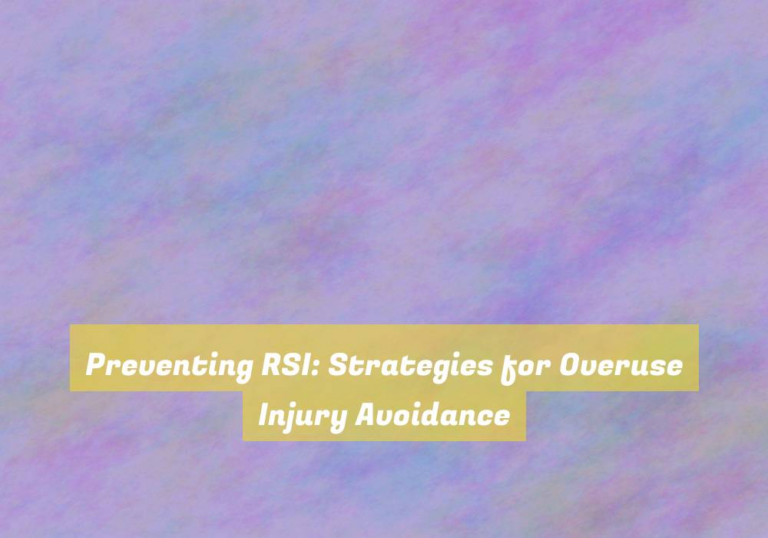Unlocking Food Labels: What You Need to Know
You may not realize that food labels can often be misleading, making it challenging to make informed choices about what you eat. But fear not, understanding how to decipher these labels can provide you with valuable insights into the nutritional content of the foods you consume.
By gaining this knowledge, you can take control of your diet and make healthier choices for yourself and your family. So, letG??s unravel the mysteries behind food labels and equip ourselves with the tools to make more informed decisions about the foods we eat.
Understanding Serving Sizes
Understanding serving sizes is crucial for making informed decisions about your food consumption. ItG??s easy to overlook the serving size listed on food labels, but paying attention to this information is essential for managing your calorie and nutrient intake. The serving size represents the amount of food that the nutrition information on the label is based on. ItG??s not necessarily the portion you should eat in one sitting, but rather a standardized quantity to help you compare similar products.
By understanding serving sizes, you can better control your calorie intake and avoid overeating. Many people unknowingly consume more calories, sugar, sodium, and other nutrients than they realize simply because they donG??t consider the recommended serving size. By being mindful of serving sizes, you can more accurately track your food consumption and make healthier choices.
Remember to adjust the nutritional values accordingly if you consume more or less than the specified serving size. Being aware of serving sizes empowers you to take control of your diet and make choices aligned with your health and wellness goals.
Decoding Nutritional Information
To decipher nutritional information effectively, compare the serving size listed on the label with the amount you typically consume to gauge its relevance to your diet. Understanding the serving size is crucial in interpreting the nutritional content of the food product accurately. Once you have determined the serving size, focus on the calories per serving. This information gives you an idea of the energy youG??ll obtain from consuming that portion.
Additionally, assess the nutrients such as fat, cholesterol, sodium, carbohydrates, and protein. Be mindful of the % Daily Value (%DV) provided on the label. This indicates how much of each nutrient one serving provides in relation to the daily recommended amount. ItG??s essential to remember that %DV is based on a 2,000-calorie diet, so your needs may vary.
Furthermore, pay attention to any added sugars, as these can contribute excess calories without providing essential nutrients. By decoding the nutritional information on food labels, you can make informed choices that align with your dietary requirements and overall health goals.
Identifying Hidden Ingredients
Compare the serving size listed on the label with the amount you typically consume to gauge its relevance to your diet. Be vigilant in identifying hidden ingredients that may affect your health. Some hidden ingredients can be disguised under names like high-fructose corn syrup, hydrogenated oils, or artificial flavorings. These ingredients may have negative effects on your health, such as increasing your risk of heart disease or contributing to weight gain.
Additionally, be wary of added sugars, which can go by various names like cane juice, maltose, or dextrose. These sugars can lead to health issues like diabetes and obesity if consumed excessively. Moreover, watch out for hidden sodium content, often labeled as monosodium glutamate (MSG) or sodium nitrate, which can contribute to high blood pressure and other cardiovascular problems.
Navigating Health Claims
When evaluating food labels, look for specific health claims that can help guide your choices towards products that align with your dietary and nutritional goals. Health claims on food labels are regulated by the FDA and are designed to provide you with important information about the nutritional value of the product.
For example, if youG??re looking for a product high in fiber, look for a health claim that specifically states G??good source of fiberG?? or G??high in fiber.G?? These claims can make it easier for you to identify products that meet your specific dietary needs.
On the other hand, itG??s crucial to be aware of misleading health claims. Some products may use terms like G??all-naturalG?? or G??low-fatG?? to make their products seem healthier, but these claims can be deceiving. Always take the time to read the nutrition facts and ingredients list to verify the accuracy of these claims.
Additionally, remember that health claims arenG??t a one-size-fits-all solution. What may be considered healthy for one person mightnG??t align with another personG??s dietary goals. ItG??s important to consider your individual nutritional needs and consult with a healthcare professional if you have specific dietary concerns.
Conclusion
Now that you understand serving sizes, nutritional information, hidden ingredients, and health claims, you can make more informed decisions about the food you eat.
Take the time to read and understand food labels so you can choose the best options for your health and well-being.
DonG??t be fooled by misleading labels or confusing information – empower yourself with the knowledge you need to make healthy choices.





